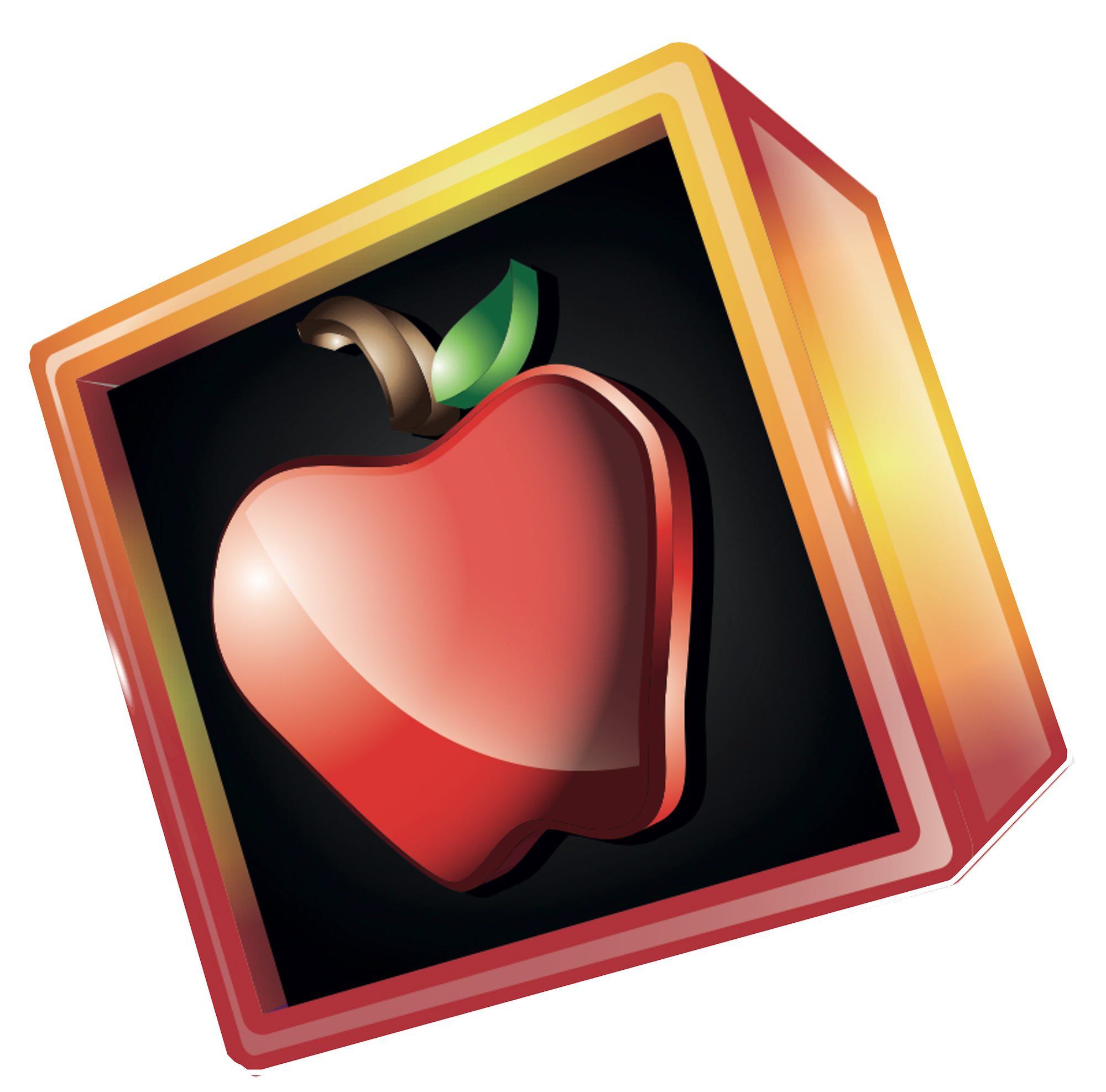We recently asked some of our teacher friends on Cube what they do to reduce the use of paper consumption in their classrooms. We found their responses were rich with diversity and typically aligned to one of the following categories:
1) Shifts in pedagogy from content consumption to content creation;
2) Effective use of technology including info gathering and practice, collaboration spaces, assessments and outgoing communication;
3) Utilization of space (i.e. outdoor areas and classroom design);
4) non-tech tools such as reusable dry erase pockets and student dry erase white boards.
When asked about the latter, we were impressed by the many applications of the reusable dry erase pockets. We collected their responses and shared them with you below.
Cube For Teachers may collect a share of the sales from the links on this page. At Cube, we only recommend items our community loves!
Reusable Dry Erase Pocket

Dry Erase Pockets are versatile tools that can be effectively used in the classroom in various ways:
- Reusable Worksheets: Slip printed worksheets or activity sheets into the pockets, allowing students to write with dry erase markers. This makes the resources reusable and reduces paper waste.
- Math Practice: Insert math problems or equations into the pockets, enabling students to solve and erase for continuous practice. It's an eco-friendly alternative to using countless sheets of paper.
- Spelling and Vocabulary Practice: Use the pockets for spelling or vocabulary activities. Insert word lists, and students can practice writing, defining, or using the words in sentences.
- Handwriting Practice: Place handwriting sheets inside the pockets, allowing students to practice their writing skills. The pockets can be easily wiped clean for the next use.
- Interactive Games: Create game boards or templates for various subjects, and slip them into the pockets. Students can use dry erase markers to play games and answer questions collaboratively.
- Response Boards: Instead of traditional individual whiteboards, use the pockets for quick responses. Students can hold up their pockets to share answers, facilitating quick assessments.
- Math Manipulatives: Insert math manipulatives or images into the pockets for interactive lessons. For example, students can demonstrate addition or subtraction with visual aids.
- Reading Comprehension: Slip reading passages into the pockets and have students underline, circle, or write responses directly on the pocket's surface to enhance comprehension skills.
- Personalized Checklists: Provide students with checklists or goal-setting sheets inside the pockets, enabling them to track their progress and easily modify their goals.
- Daily Schedules: Display daily schedules or routines that can be easily adjusted as needed, reducing the need for printed schedules.
- Group Activities: Assign each group a pocket for collaborative work. They can use it for brainstorming, organizing ideas, or presenting their findings to the class.
- Test Prep: Create practice test formats or sample questions for students to use inside the pockets, helping them prepare for assessments.
- Morning Work: Have a daily routine or warm-up activity inserted into the pockets for students to complete as they arrive in the morning.
- Calendar Activities: Slip in a monthly calendar or important dates, allowing students to update and erase as needed for a reusable classroom calendar.
- Learning Centers: Incorporate dry erase pockets into learning centers for a variety of activities, from math challenges to language arts exercises.

